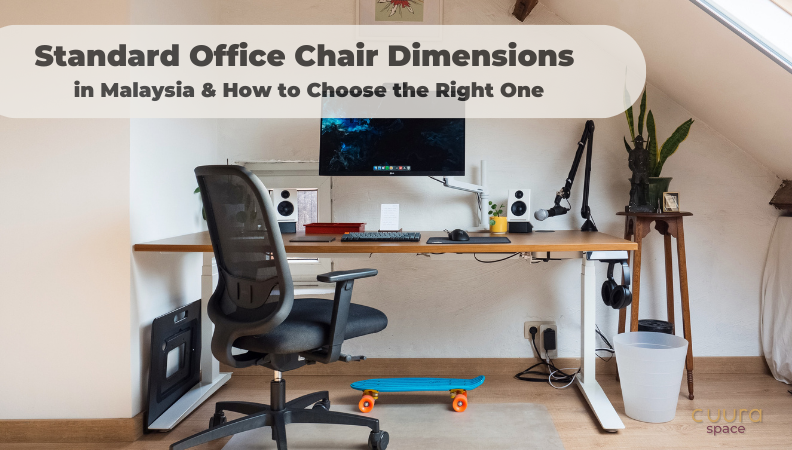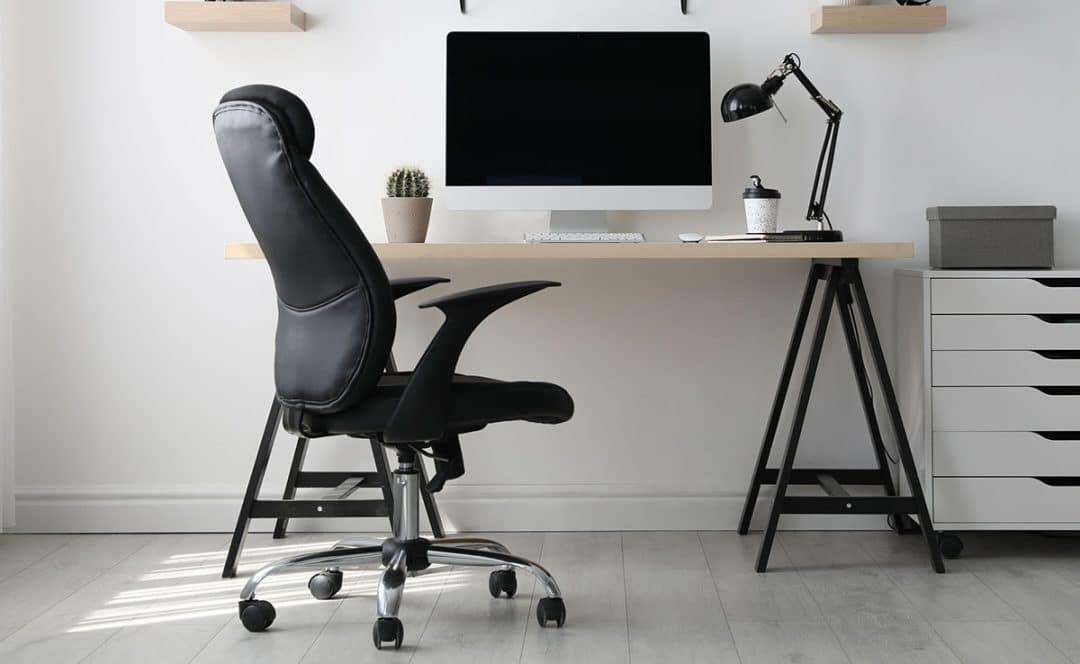Understanding Desk Chair Dimensions

Knowing the dimensions of a desk chair is crucial for ensuring proper fit, comfort, and adequate space in your workspace. These dimensions influence how the chair interacts with your desk, your body, and the surrounding area.
Standard Desk Chair Dimensions
Standard desk chair dimensions vary depending on the chair’s type and intended use. However, general guidelines exist for common features like seat height, width, and depth.
- Seat Height: Typically ranges from 16 to 21 inches, allowing for adjustment to accommodate different desk heights and user leg lengths.
- Seat Width: Ranges from 18 to 22 inches, providing adequate space for most users to sit comfortably.
- Seat Depth: Ranges from 16 to 20 inches, allowing for sufficient support and legroom.
- Backrest Height: Typically ranges from 18 to 24 inches, offering varying levels of lumbar support.
- Overall Width: Ranges from 20 to 26 inches, accounting for the chair’s armrests and base.
- Overall Depth: Ranges from 22 to 28 inches, considering the backrest and seat depth.
Factors Influencing Space Requirements

The space required for a desk chair is not a fixed value but is influenced by several factors. These factors include the size and shape of the desk, the individual’s preferences, and ergonomic considerations.
Desk Size and Shape
The size and shape of the desk significantly influence the space needed for the chair. A larger desk provides more room for movement and allows for a wider range of chair positions. For instance, a corner desk offers more space for legroom and allows for a greater range of chair rotation. Conversely, a small desk may restrict movement and require a chair with a smaller footprint. The shape of the desk also plays a role; a rectangular desk requires a different chair placement than a curved or L-shaped desk.
Personal Preferences and Ergonomic Considerations
Personal preferences and ergonomic considerations play a crucial role in determining the appropriate space for a desk chair. Individuals may prefer different levels of comfort and support, which can influence the chair’s size, features, and positioning. For example, someone who spends long hours at their desk may prioritize a chair with adjustable features, such as lumbar support and armrests, requiring more space for optimal adjustment.
Space Requirements for Different Desk Chair Features
The following table compares the space requirements for different desk chair features:
| Feature | Space Requirement | Description |
|—|—|—|
| Armrests | 10-15 inches on each side | Armrests require additional space to accommodate the width of the armrests and allow for comfortable movement. |
| Swivel Base | 1-2 feet of clearance | A swivel base allows for 360-degree rotation, requiring additional space for the chair to rotate freely. |
| Wheels | 1-2 feet of clearance | Wheels require additional space for the chair to move around smoothly. |
Optimizing Space with Desk Chair Placement: How Much Space Does A Desk Chair Need

How much space does a desk chair need – Strategic desk chair placement is crucial for maximizing workspace efficiency and comfort. It involves considering the chair’s dimensions, the desk’s size, and the overall layout of the room. By thoughtfully positioning the chair, you can create a functional and ergonomic work environment that promotes productivity and well-being.
Visual Representations of Desk Chair Placement Strategies, How much space does a desk chair need
Visual representations can effectively illustrate various desk chair placement strategies within a workspace. These representations can include diagrams, sketches, or even photographs of real-life setups. Each representation should clearly depict the desk, chair, and other relevant furniture or objects within the workspace.
Benefits and Drawbacks of Different Placement Options
Each placement option offers unique advantages and disadvantages, impacting accessibility, comfort, and workflow. A thorough evaluation of these factors is essential for selecting the most suitable placement strategy.
- Chair Directly Facing the Desk: This traditional arrangement maximizes desk space and provides easy access to the work surface. However, it can lead to a restricted range of movement and potential neck strain if the chair is not ergonomically positioned.
- Chair at an Angle to the Desk: This placement offers greater flexibility and allows for more movement, potentially reducing muscle fatigue. It can also enhance communication and collaboration in shared workspaces. However, it might compromise desk space utilization and require more careful consideration of the chair’s position to ensure comfortable viewing angles.
- Chair Positioned for a Standing Desk: This arrangement promotes physical activity and can improve posture. However, it requires a standing desk and may not be suitable for all tasks or individuals.
- Chair Facing a Window: This placement offers natural light and a view, enhancing mood and focus. However, it might lead to distractions from outside activity and could create glare on the computer screen.
Maximizing Space Utilization through Strategic Positioning
Strategic chair positioning can significantly impact workspace utilization. By carefully considering the chair’s dimensions and the layout of the room, you can optimize space and create a functional and comfortable work environment.
- Utilizing Wall Space: Placing the chair close to a wall can maximize floor space and create a sense of openness.
- Creating a Dedicated Work Zone: By defining a specific work area with the desk and chair, you can establish a clear boundary between work and personal space.
- Incorporating Storage Solutions: Utilizing storage solutions like under-desk drawers or shelves can help to keep the workspace organized and free from clutter.
- Multi-Purpose Furniture: Consider using multi-purpose furniture like a desk with built-in storage or a chair with adjustable height to maximize space efficiency.
The amount of space a desk chair needs depends on its size and the features it offers. For a comfortable and ergonomic experience, consider the sihoo ergonomic office chair computer desk chair , which provides ample room for movement and adjustments.
Ensure you have enough space for the chair to fully recline and rotate without hitting any obstacles.
Determining the ideal space for a desk chair involves considering not just the chair’s dimensions but also the type of wheels it uses. For hardwood floors, opting for desk chair wheels for hardwood floors can prevent scratches and ensure smooth movement, allowing for ample space to maneuver without damaging your flooring.
This choice ultimately impacts the overall space needed around the desk, making for a more comfortable and functional workspace.
